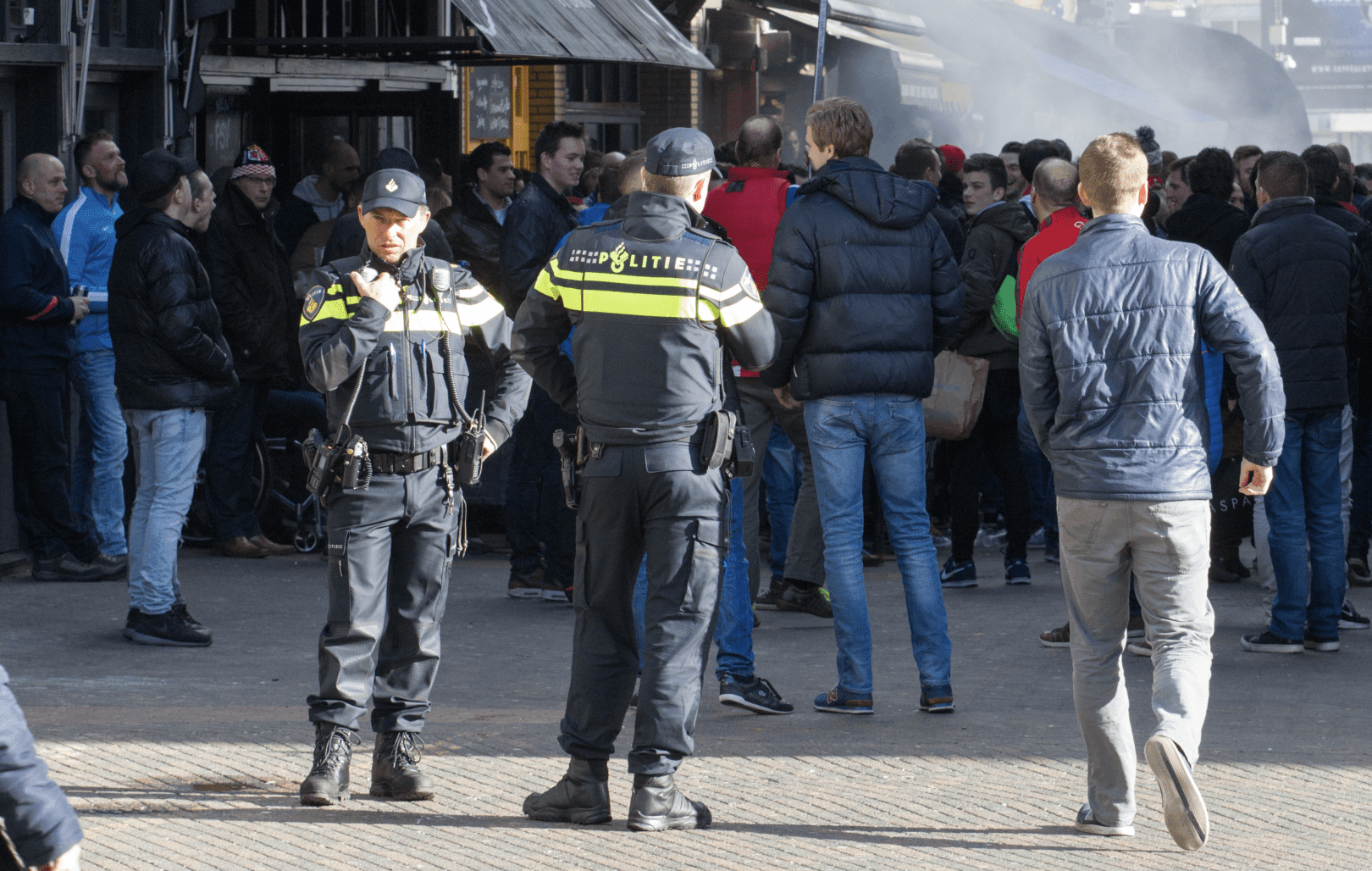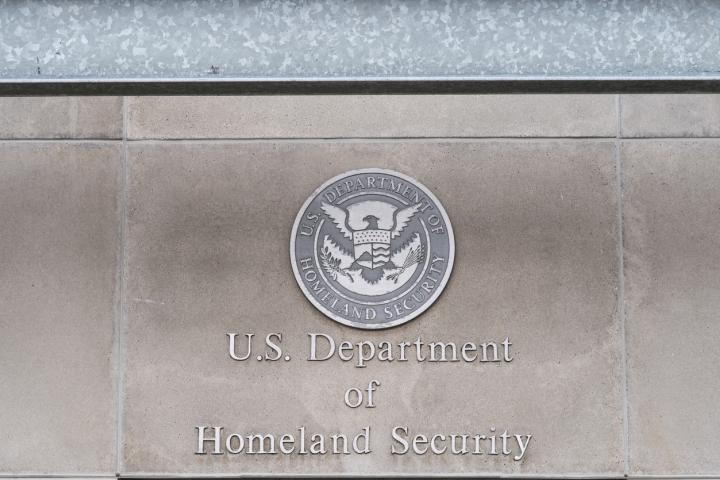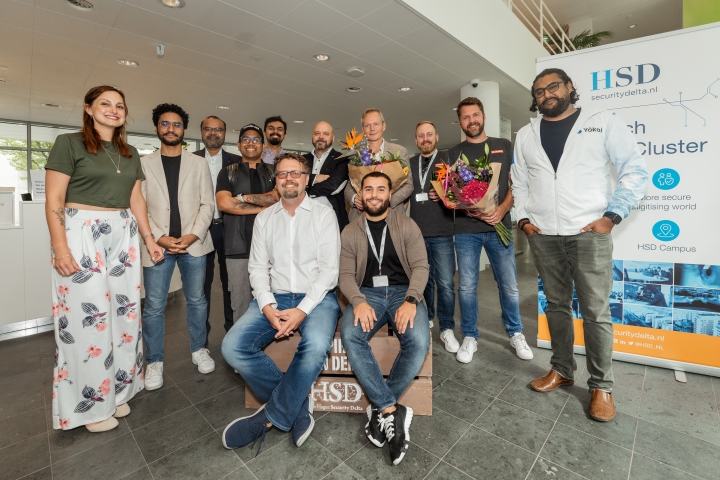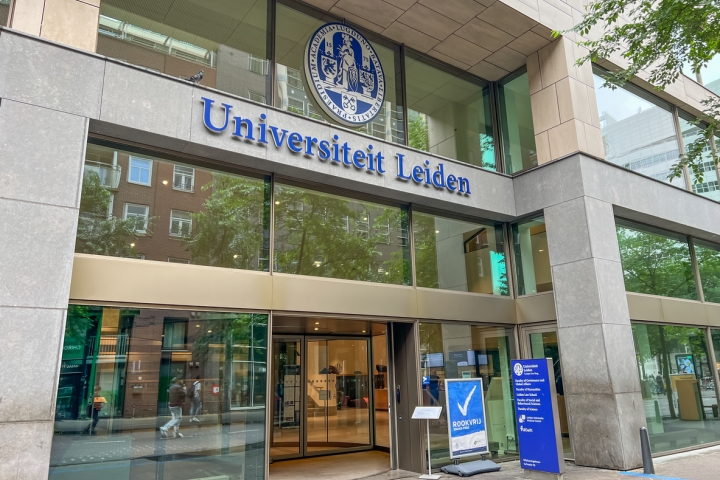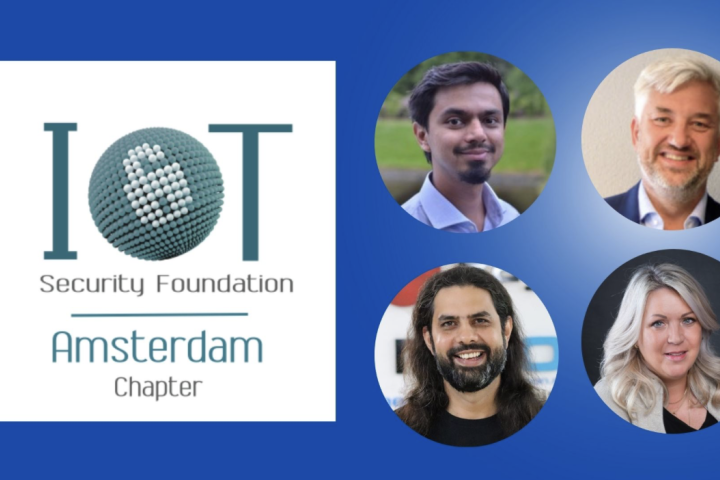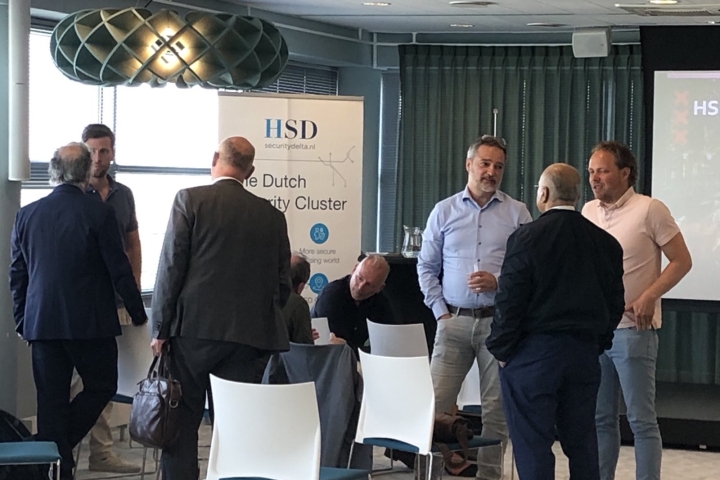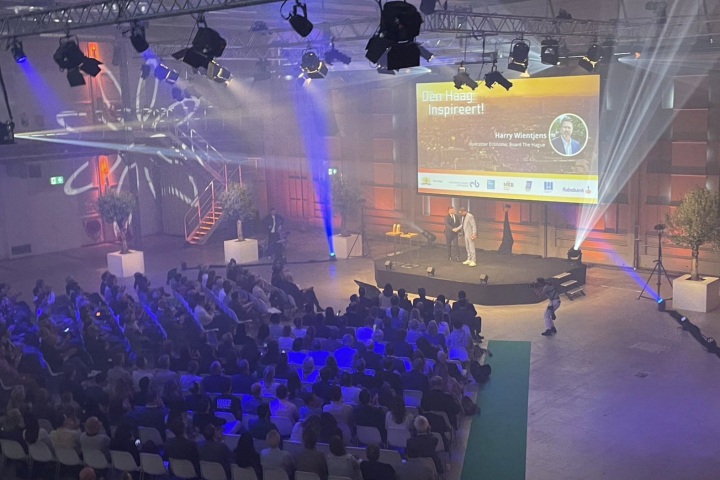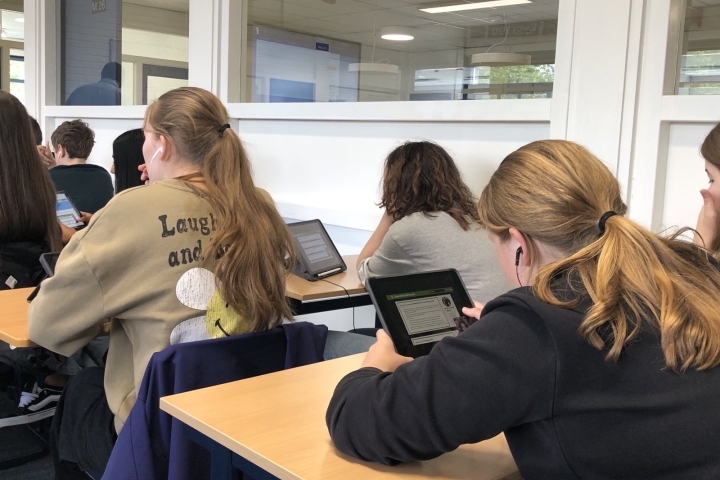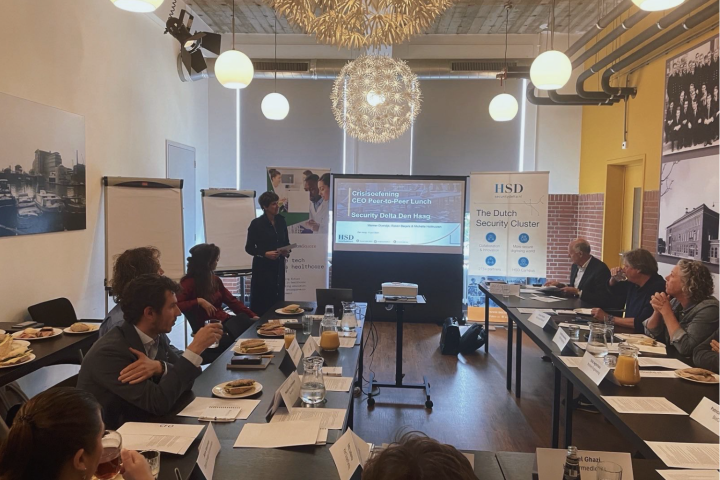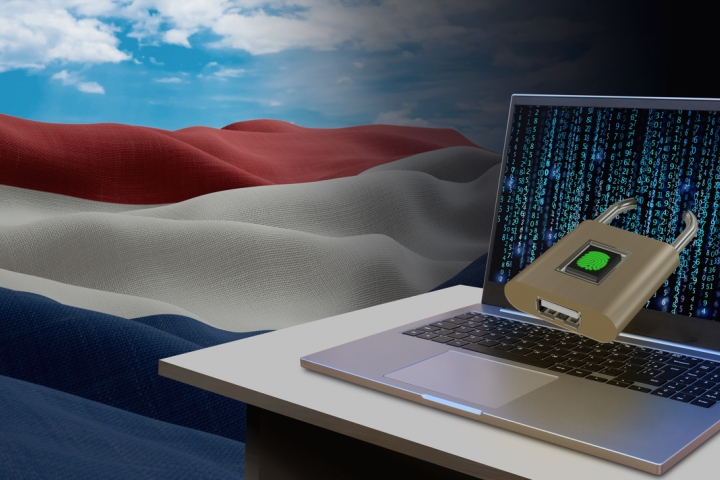Experimenting with Real Time Intelligence
Public security organisations such as the police, safety regions and control rooms are challenged with having to execute their tasks in a society that is becoming more complex. A better information position and information-driven operations are created under the denominator ‘Real Time Intelligence’. “The RTI lab is a learning- and experimenting programme to develop new knowledge in this area and show the added value of new products, services or concepts,” says Mark Ruijsendaal, Innovation Liaison at HSD Office.
“Intelligence provides the police with insights in security issues and possible approaches to solve them,” says Jan ter Mors, Programme director Intelligence of the police. “It is becoming more important for intelligence to be based upon the most recent information and that it is directly applicable during operations, so real-time intelligence.” ‘Real time” means that up-to-date information is available without any delay. By enriching the data with other sources and knowledge, ‘intelligence’ is established. Real Time Intelligence allows the police to take the right decisions fast and to handle different situations adequately.
RTI combines relevant knowledge and information from different systems when this is necessary. Conclusions based upon that information lead to swift actions. “We are not that far yet, but in the Real Time Intelligence Lab we bring this kind of innovative solutions closer,” states Christiaan van den Berg, Programme Manager Secure Society at TNO. The RTI-lab was founded by TNO in cooperation with the police and the national security cluster HSD. Companies, knowledge institutions such as TNO and governmental institutions such as the police test hardware, software, artificial intelligence, methods, models, ways of operating and combinations thereof in this learning- and experimenting environment. HSD Office supports triple helix-cooperation by bringing parties together, guide cooperation processes, get a clear vision on supply and demand, organising (pre-)competitive dialogues and pilots, living labs and guiding other experiments.
Dynamic Protocol
In previous years, several experiments were executed. For example: a Trend Radar was developed to show the top-32 of trends that are relevant for RTI in the upcoming years. Other experiments are, for example, targeted at the prediction of crime and the use of ‘touch tables’ with real time information. The project ‘Dynamic Protocol’ started in 2018. This is an innovative information tool that supports the coordination of complex scenarios, such as large-scale incidents or the security of events. The Dynamic Protocol visualises the current situation: how crowded are certain places, how is the flow of traffic, what is the state of public transport?
Next to that the users get a list of possible actions, which also allow for scenario outcomes to be calculated and visualised. For instance, how an evacuation could go in the case of a concrete threat or the closing of important roads. A prototype was tested during the Volvo Ocean Race Finish 2018 in The Hague. The advantage of a dynamic protocol is recognised by all parties involved. One check is all it takes for all risks to be visible and how they score in terms of likelihood and impact. Possible interventions and their effect are directly shown as well. The prototype was improved based on the evaluation and tested during another big event (the arrival of Sinterklaas). The Dynamic Protocol is a cooperation project of the police, TNO and HSD-partner Tensing Safety and Security, specialist in geo-information and GIS-technology.




